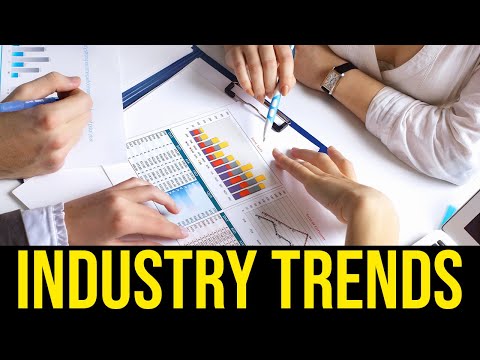
Like it or not, your industry is changing. Everything changes; it always has, and it always will. You can keep up with and be part of the changes, or you can overlook and ignore changes and let others pass you by. Today we will check out how to identify industry trends.
6. Looking at available trend descriptions and projections
For someone just getting started with foresight, there are plenty of tools available for trend identification and analysis, such as the Future Scan by Board of Innovation or more dynamic solutions, such as HYPE's trend-scouting component. These platforms contain thousands of trends – from mega to micro trends – and their description. More and more, we also see ready-made interpretations of different trends and phenomena in the form of scenarios. Based on an increasing amount of data available, different and even far-reaching projections about the economy, population, and so on have become available. For example, the United Nations projects the world’s population, and the organization's latest estimates project out to 2100.
5. Talking to and observing the representatives of the future
As the old saying goes, “the future is already here. It's just not evenly distributed yet.” Similar to diffusion of innovation, one can always find a group of people who are ahead of others. Representatives of the future can be scientists, artists, and technologists – researchers and thinkers from different fields – who are testing early hypotheses and undertaking original research. For example, a few years back, researching solutions to transform CO2 to food might have sounded ridiculous; today, a startup called Solar Food is planning to begin commercial production next year. Subscribing to newsletters from universities, following researchers on social media, and attending conferences all provide opportunities to spot elements of what might later become a trend. Also, qualitative research methods – interviews, observations, etc., – are fruitful for gathering information from the representatives of the future. Representatives of the future can also be the customers, partners, or suppliers. For example, Sulapac, a Helsinki-based scale-up, is partnering with multi-billion- euro companies in replacing plastic packaging with biodegradable alternatives.
Did you miss our previous article...
https://trendinginbusiness.business/trending-videos/digital-marketing-strategies-for-success-latest-trends-and-tips-for-small-businesses
.png)





